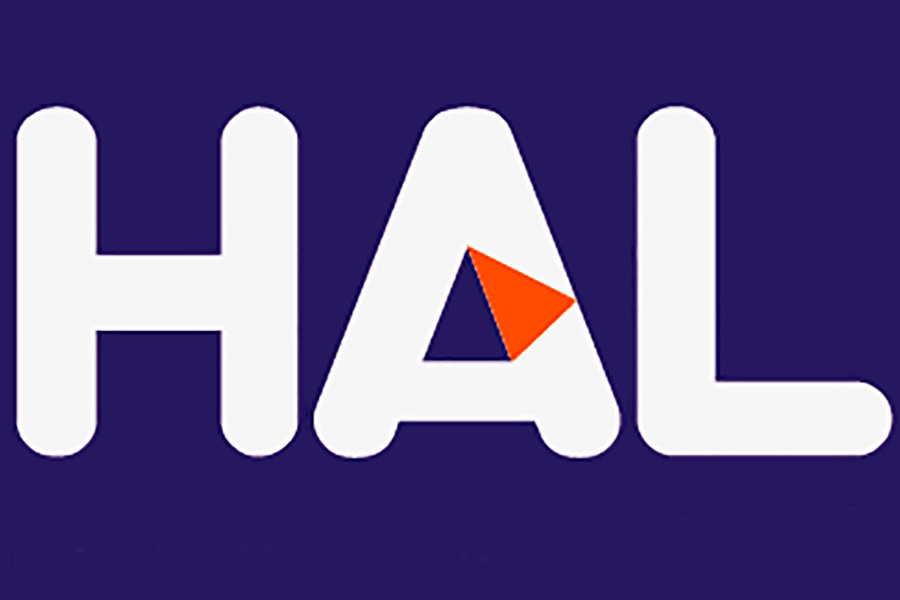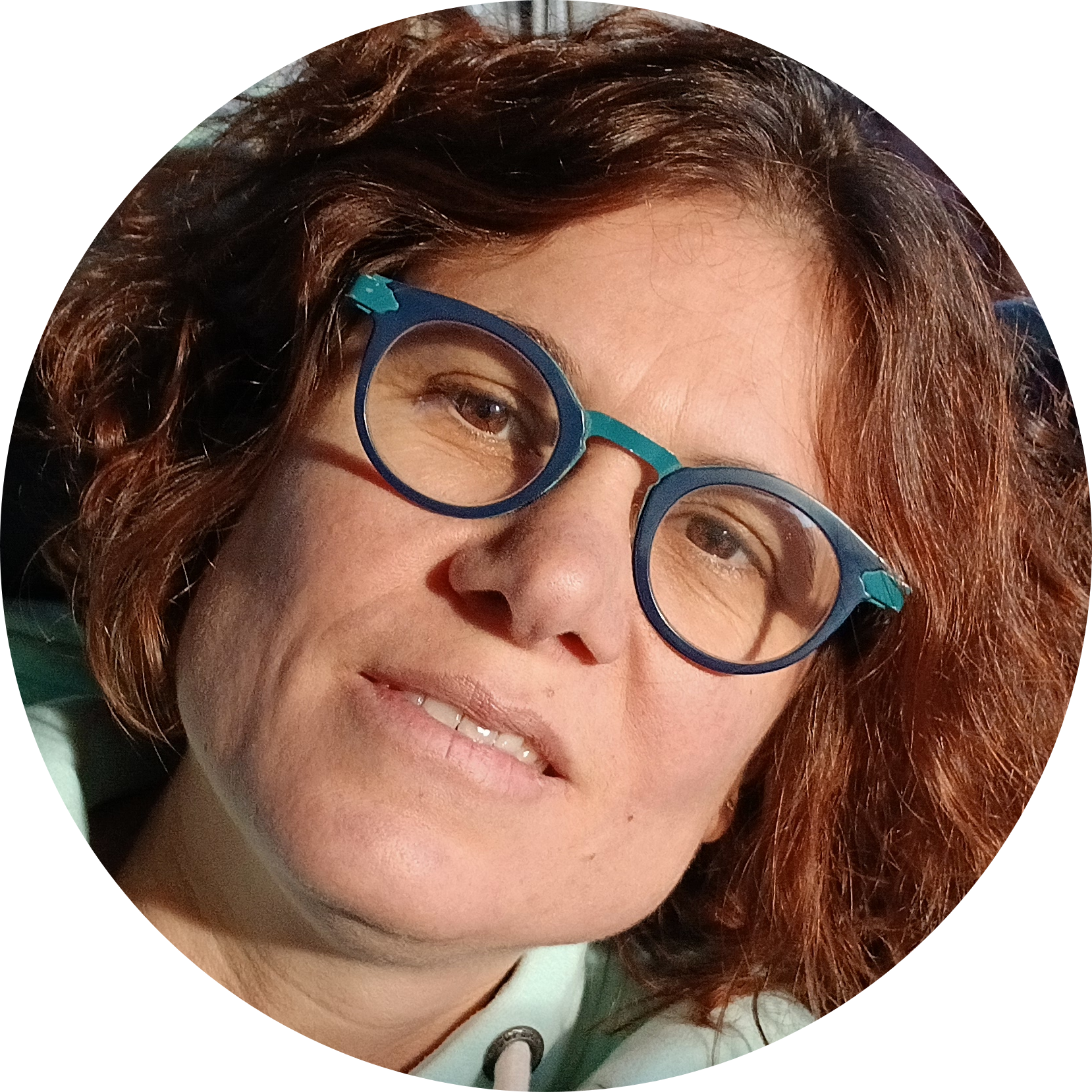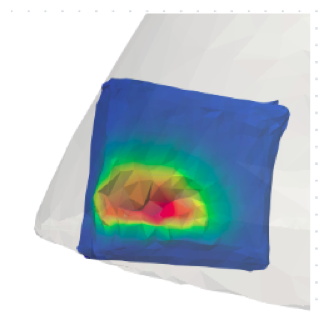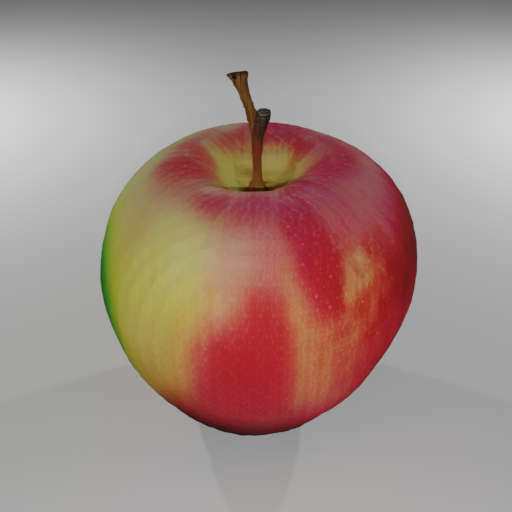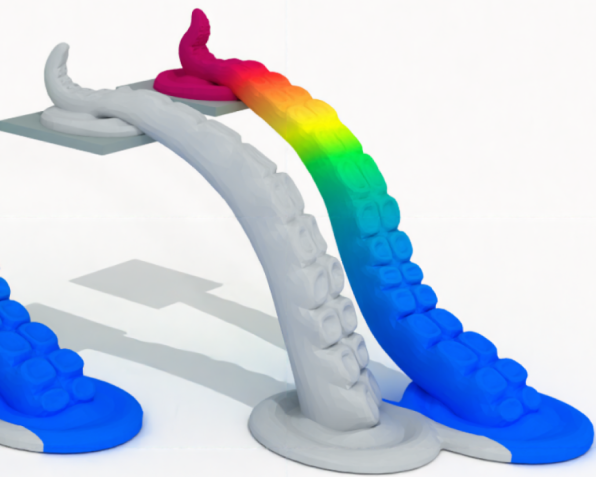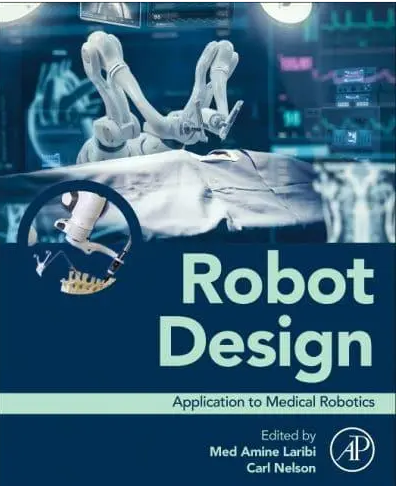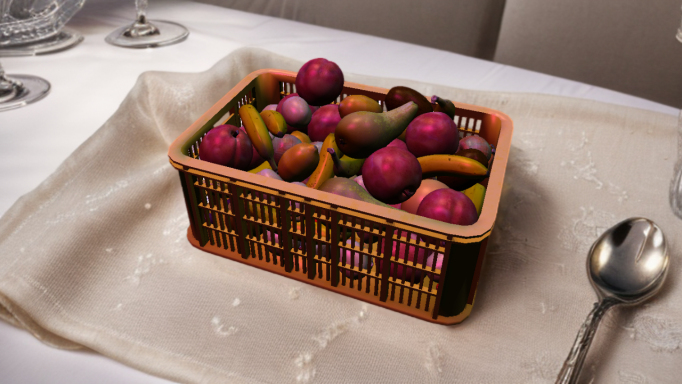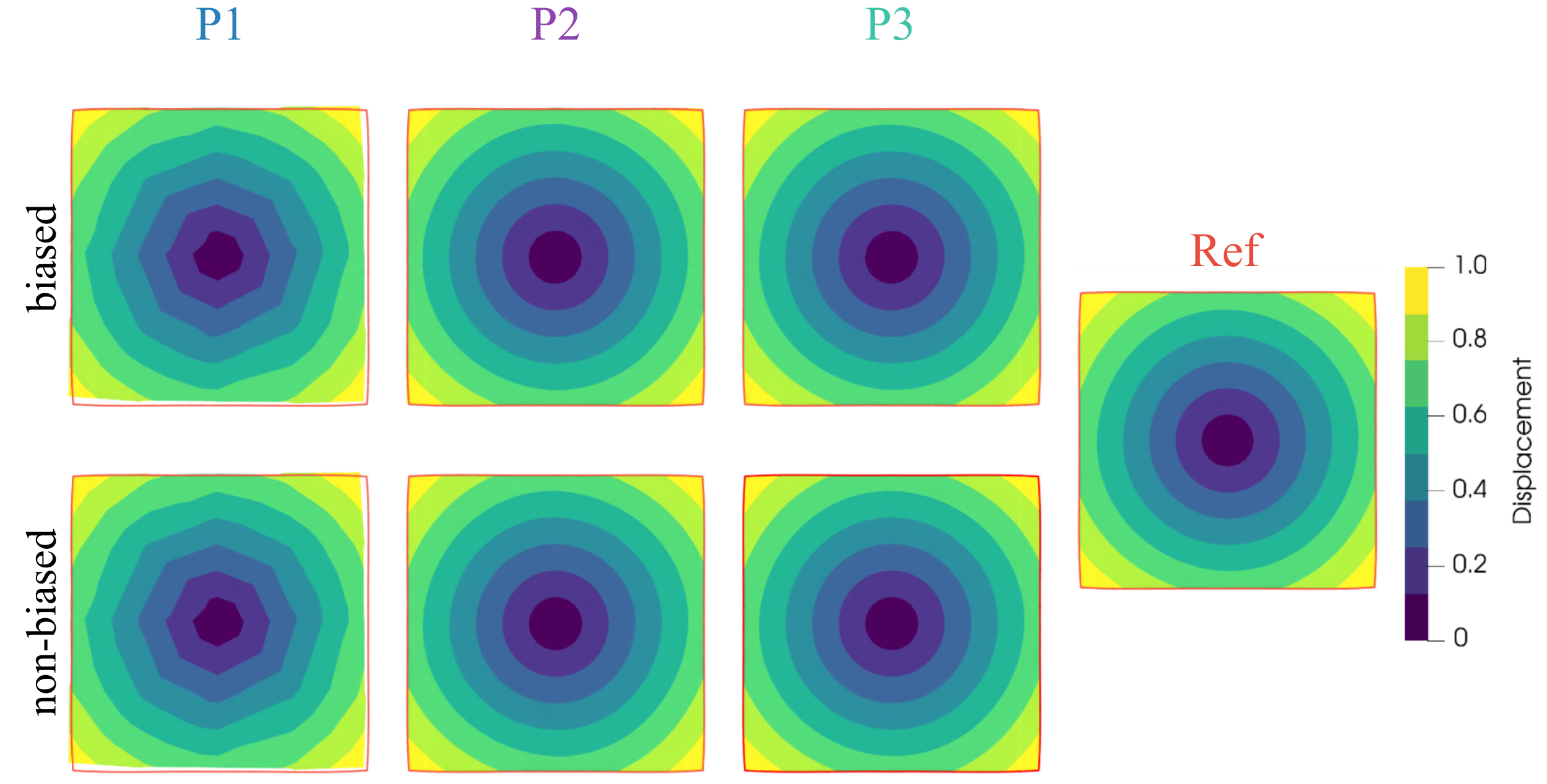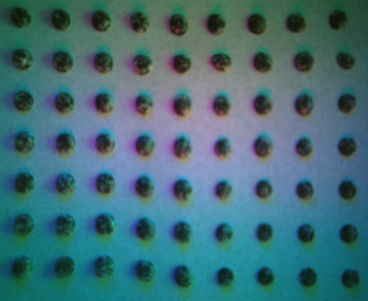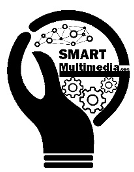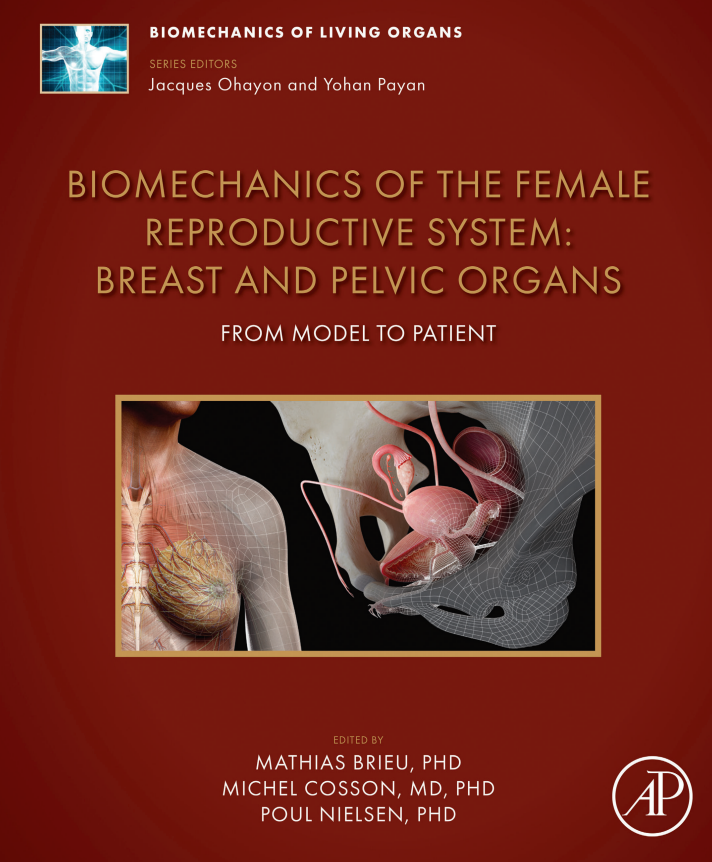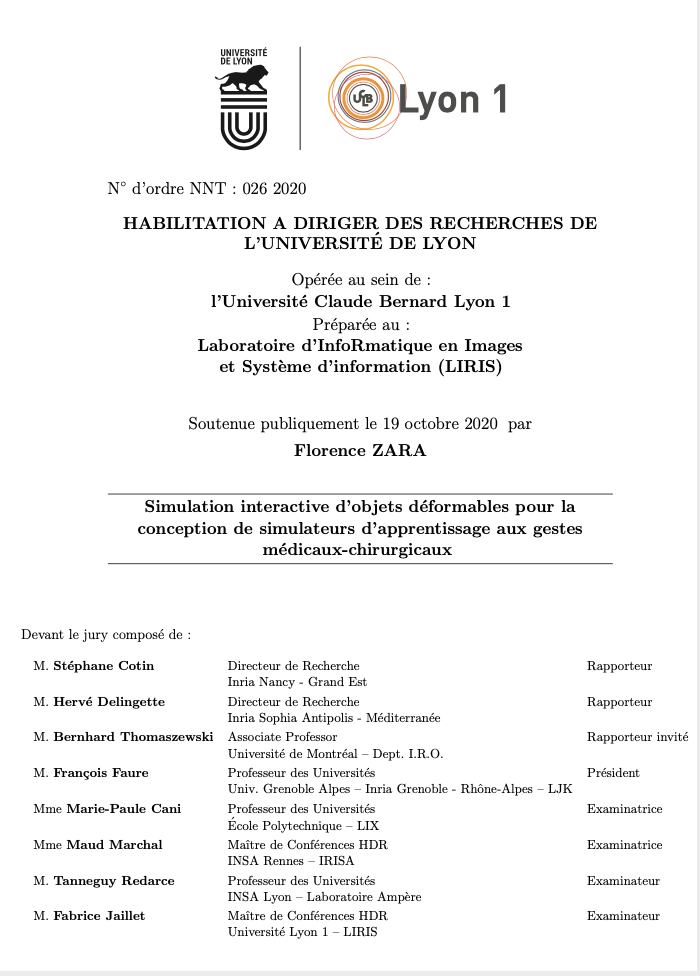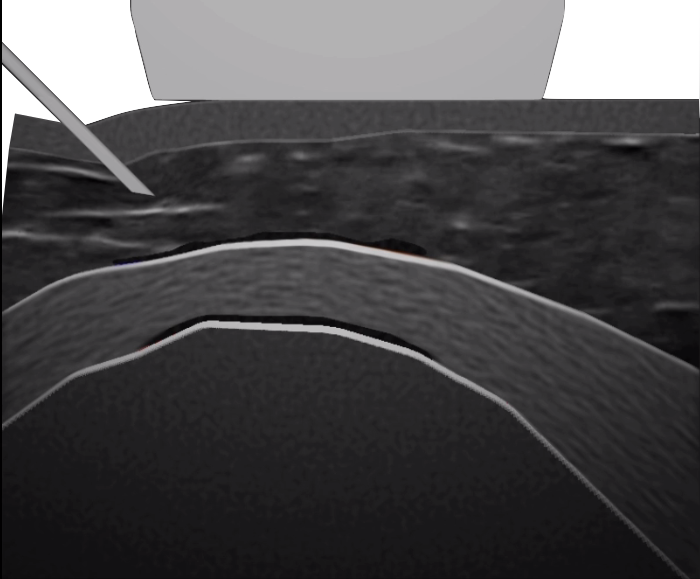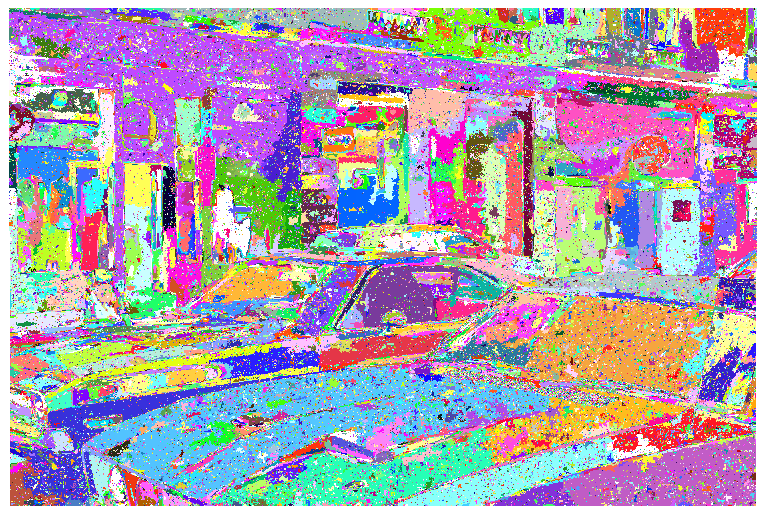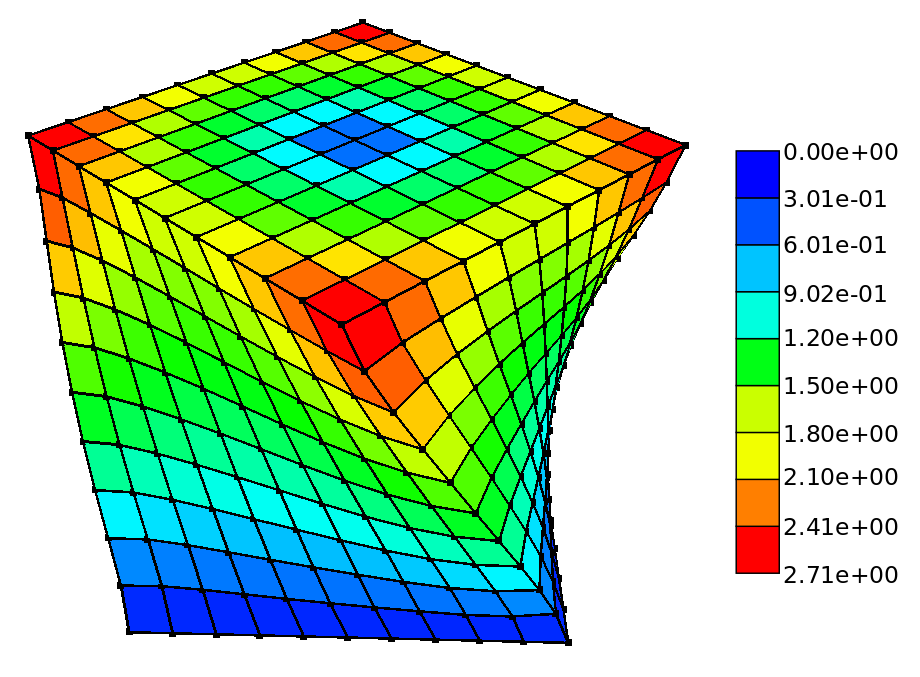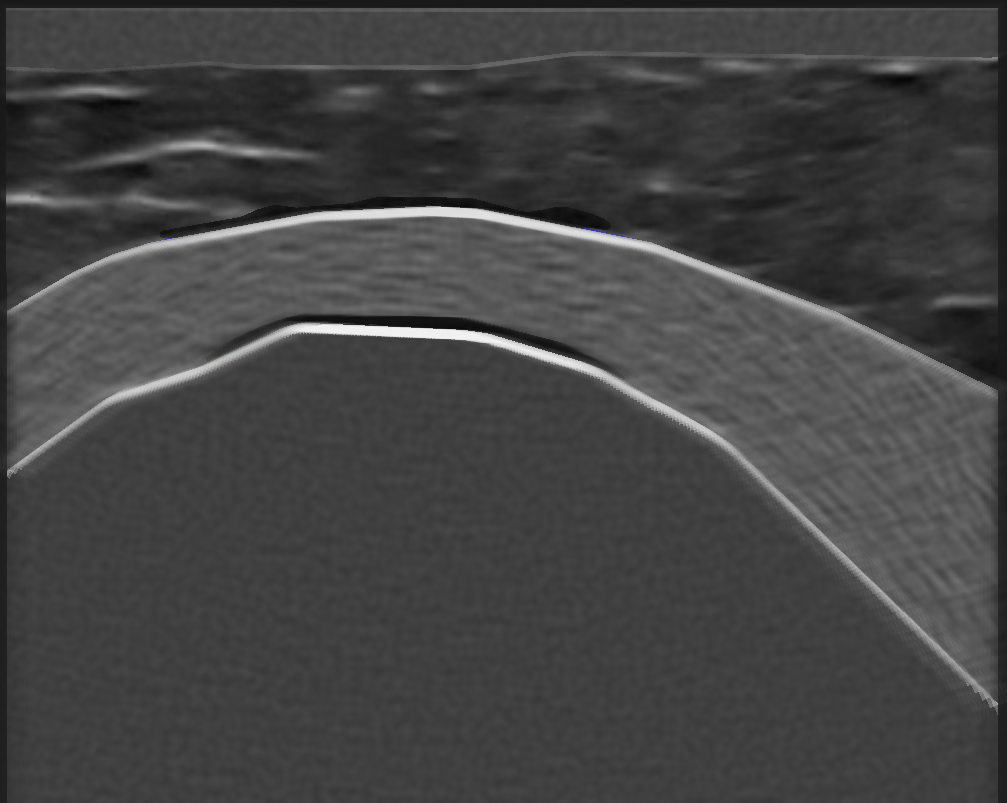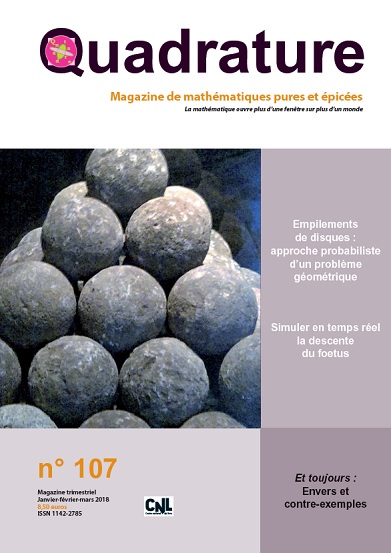General approach
Our aim is to simulate the movement of soft
bodies in
interaction. The simulations are coupled to physical device to enable
interaction
between users and the 3D simulations. The difficulty is to propose efficient models
and parallel
algorithms on the GPU of simulation to achieve interactive execution time. One
direct application is
to develop a new kind of training simulators for medical gestures.
Towards a simulator to learn IANB gesture
Inferior Alveolar nerve block (IANB) is a complex procedure
requiring precise mentalization and is currently taught using costly single-use devices,
limiting training effectiveness and leading to high novice failure rates. The IDEAL
(Improved learning environment for dental anaesthesia) project seeks to enhance learning
through a multidisciplinary approach involving didactics, clinical practice, computer
graphics, robotics, and a simulator company. It aims to develop 3 innovative
simulation-based tools with haptic interfaces, enabling visualization of anatomical
deformations and tactile feedback. IDEAL also explores mentalization, learning through
error, and performance links. In mechatronics, the goal is to simulate both rigid and soft
anatomical structures realistically and stably, while enabling real-time gesture assessment
and managing computation frequencies between simulation and haptics.
To know more:
IDEAL project
website (ANR-25-CE38-5557)
Towards a needle insertion simulator
The gesture of the puncture of large joints has evolved
over the last ten
years with the use of an ultrasound probe to better guide the insertion of the
needle during the
operation. The main difficulty in the realization and the learning of this gesture
resides thus in
the simultaneous manipulation of two instruments. It is necessary to know how to
manipulate the
ultrasound probe (to visualize the gesture performed on a remote screen) while
inserting the needle
into the joint. These two instruments can also be interchanged during the puncture,
making the
operation all the more delicate. The objective of the SPARTE project is thus the
realization of a
simulator learning the gesture of the puncture of large joints under ultrasound in
order to allow
learning of the gesture without risk for the patient.
To know more:
SPARTE project
website (funded by
SAMSEI)
Towards a childbirth simulator
Obstetricians learn the medical gesture of childbirth
during actual
deliveries. This learning becomes difficult in the case of instrumental deliveries
where the
dexterity of the gesture is necessary. The use of a simulator, allowing a first
formation of this
gesture without risk for the parturient and the fetus, would thus complement the
training of young
obstetricians. This simulator must restore the sensations experienced by the
obstetrician, while
taking into account parameters such as the morphology of the parturient and that of
the fetus. This
simulator, based on the techniques of Virtual Reality, requires the definition of
a complete
biomechanical model of the female reproductive system during childbirth, as
well as the
calculation of the forces generated by the Descent of the fetus.
A first work of research (thesis of Romain Buttin)
allowed the
realization of a bio-mechanical model, based on the finite element method, allowing
simulation of
the behavior of the organs involved during childbirth (uterus, maternal abdomen ,
Soft pelvis and
bone) in contact with the fetus. This simulation thus makes it possible to obtain
the trajectory of
the fetus during its descent and its release.
To know more:
SAGA project website (ANR-12-MONU-0006)
 Université Claude
Bernard Lyon 1 - Département
d'Informatique
Université Claude
Bernard Lyon 1 - Département
d'Informatique Laboratoire d'InfoRmatique en
Images et Systèmes d'information (LIRIS)
Laboratoire d'InfoRmatique en
Images et Systèmes d'information (LIRIS)  ORIGAMI team - Team leader
ORIGAMI team - Team leader




